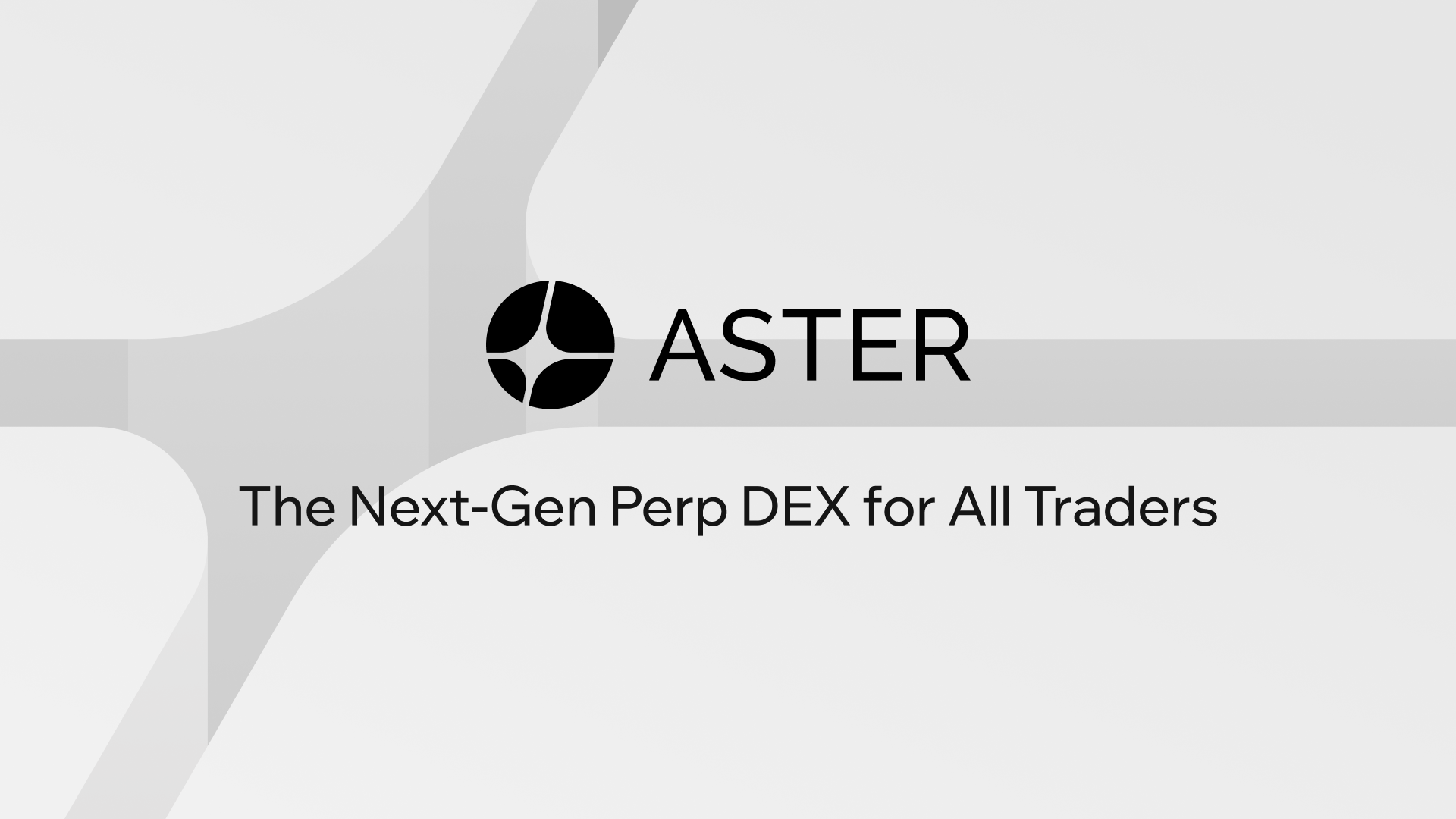Okay, so check this out—Polkadot’s been buzzing for a while, but liquidity pools are the part that actually makes a DEX useful. Whoa! The mechanics are deceptively simple on the surface: users provide pairs of assets, and automated market makers route trades through those pools, earning fees. My instinct said this was just another AMM story, though actually there’s a subtle difference when you run the stacks on Polkadot’s parachain model, because cross-chain composability and parachain-level liquidity change the risk and UX calculus in ways that are easy to miss. I’m not 100% sure about every nuance, but I’ve poked enough at liquidity events to know when somethin’ is different.
First impressions matter. Really? Yes. When you open a Polkadot-native DEX you notice latency is low and fees can be much lower than Ethereum L1 alternatives, and that matters for repeated small trades. Hmm… that gut reaction is what pulled me deeper into the tech. Initially I thought this was only about cheaper transactions, but then I realized it also reshapes how liquidity fragments and aggregates across networks. On one hand low fees attract retail traders; on the other hand institutional liquidity strategies change because execution costs and on-chain settlement behave differently.
Here’s what bugs me about too many DEX write-ups: they either hand-wave impermanent loss or act like fees solve everything. Seriously? Look, fees are a buffer, but they don’t erase risk. Short sentence. Longer sentence here to build complexity and show that even with fee revenue, LPs face nonlinear exposures when market moves are asymmetric or when correlated assets depeg and then cascade across pools, especially in cross-chain environments where bridges and liquidity routers introduce additional failure modes.
Let me give a practical snapshot. I provided a modest amount of DOT and USDT to a Polkadot DEX pool a while back. Wow! For weeks the fees felt like found money. Then a volatility spike shaved value off one side, and fees were not enough to fully compensate—though over months it balanced, at least partially. Initially I thought the math favored passive LP strategies forever, but reality nudged me: active management and dynamic rebalancing matter, and so does choosing a DEX with low protocol fees and strong routing efficiency.
APY headlines are seductive. Really? Traders see a 20% number and leap. But those figures rarely show the full story: impermanent loss, gas/event costs from cross-chain transfers, and the time your capital is locked up. Here’s the thing. Your strategy needs stress-testing under multiple scenarios: rug risk, oracle failures, bridge congestion, and general market drawdowns. I’m biased toward DEXs that provide clear risk metrics and easy ways to withdraw or shift liquidity without opaque layers.

How Polkadot’s Architecture Changes the Liquidity Equation
Polkadot’s parachain model introduces a modular approach to liquidity that matters more than most people appreciate. Whoa! Instead of congesting a single L1, parachains can host specialized DEX logic and token economies, making matched liquidity more efficient and cheaper. That efficiency translates into better price execution for traders and higher realized returns for LPs, though actually the trade-off is you need good cross-parachain messaging to avoid fragmentation. My working thought was: if parachains interoperate cleanly, then liquidity gravitates to efficient venues; if not, liquidity splinters and slippage rises.
Check this out—protocols built for Polkadot can leverage on-chain governance and parachain auctions to secure long-term incentives that are native and predictable. Hmm… governance incentives reduce one form of uncertainty, but they introduce another: politicized upgrades and fee changes. I remember a pool where an announced governance change caused arbitrage and a short-term liquidity drain—messy, but not fatal. I don’t mind a little mess; it’s where innovation happens, though it can be uncomfortable for passive holders.
So where does a trader or LP start? Start by evaluating three things: routing efficiency (how well the DEX finds the best pool), fee structure (protocol + LP slices), and cross-chain cost. Short sentence. The operational checklist is simple in words and tricky in practice: check contract audits, historical TVL behavior, and governance clarity. I’m not claiming this is exhaustive, but it’s a practical beginning for anyone who wants to move beyond hype.
When I started looking for a practical place to provide liquidity on Polkadot, I favored DEXs that minimize on-chain friction and have straightforward UX. One such project I tested in earnest was Aster Dex—it’s worth a look if you’re assessing low-fee Polkadot options. https://sites.google.com/walletcryptoextension.com/aster-dex-official-site/ The site isn’t flashy, but the routing and fee model were solid in my hands-on experiments, and the team seemed responsive in governance threads.
Now, let me walk through specific mechanics that matter. Liquidity pools usually follow constant function formulas like x*y=k, but variations exist: concentrated liquidity, hybrid pools, or weighted baskets. Longer sentence here to emphasize that different formulas change slippage curves and risk profiles, and therefore shift which types of traders will use the pool. Short sentence. Concentrated liquidity can boost capital efficiency for LPs, though it concentrates exposure to a narrower price band, meaning active management becomes crucial.
There’s also the question of capital fragmentation. Really? Yeah—if too many pools host similar pairs with tiny TVLs, slippage increases and routing gets messy. This is where cross-pool aggregation and smart routers shine, reconstituting fragmented liquidity into something traders can reliably use. My instinct told me this would be solved by software alone, but actually market dynamics and incentive alignment decide where liquidity lands. Protocol designers need to incentivize consolidation where appropriate, without centralizing control.
Risk management in pools isn’t just a checklist. It’s an ongoing process. Whoa! Keep an eye on correlated pairs, and watch for large LPs that can pull liquidity quickly. Smaller pools can be profitable but are fragile. I’m candid: I lost money chasing exotic pair APYs once, very very embarrassing. That taught me to prefer pools that balance decent yield with deeper TVL and transparent tokenomics.
On the trader side, low fees unlock new strategies. Short-term arbitrage becomes viable, market-making bots can operate with tighter margins, and retail users can dollar-cost-average without bleeding into fees. That said, some traders over-optimize for fees and ignore execution quality. On one hand fees are a critical metric; on the other hand, routing failures or slow cross-chain messages can cost more than a slightly higher fee would have—so measure net cost, not headline fee.
Common Questions from DeFi Traders on Polkadot
Are liquidity pools on Polkadot safer than Ethereum?
Not inherently. Security depends on audits, bridge reliability, and contract quality. Polkadot reduces congestion and often fees, which lowers certain costs, but it introduces parachain-specific risks. I’m not 100% sure on every future attack vector, but right now the safety trade-offs are different rather than strictly better or worse.
How do I reduce impermanent loss?
Use correlated asset pairs, choose concentrated liquidity cautiously, and consider active rebalancing or dynamic fee pools. Also, evaluate fee earnings versus expected drift; sometimes fees offset loss, sometimes they do not. Short sentence.
Which metrics should I watch before staking LP tokens?
Look at TVL trends, fee revenue history, average trade size, and the concentration of LP holders. Check governance activity and emergency withdrawal paths. I’m biased toward projects that publish clear, verifiable telemetry rather than vague claims.
Alright—final note. I’m optimistic about Polkadot’s DEX landscape because low fees and composability genuinely lower barriers for repeated small trades and innovative liquidity schemes. Hmm… that doesn’t mean it’s all safe or easy. There will be bumps, governance spats, and mispriced pools—saw that already. But if you approach with the right checklist, test small, and monitor actively, liquidity pools on Polkadot can be a compelling part of a diversified DeFi playbook. Trails off… and then you find new opportunities.

